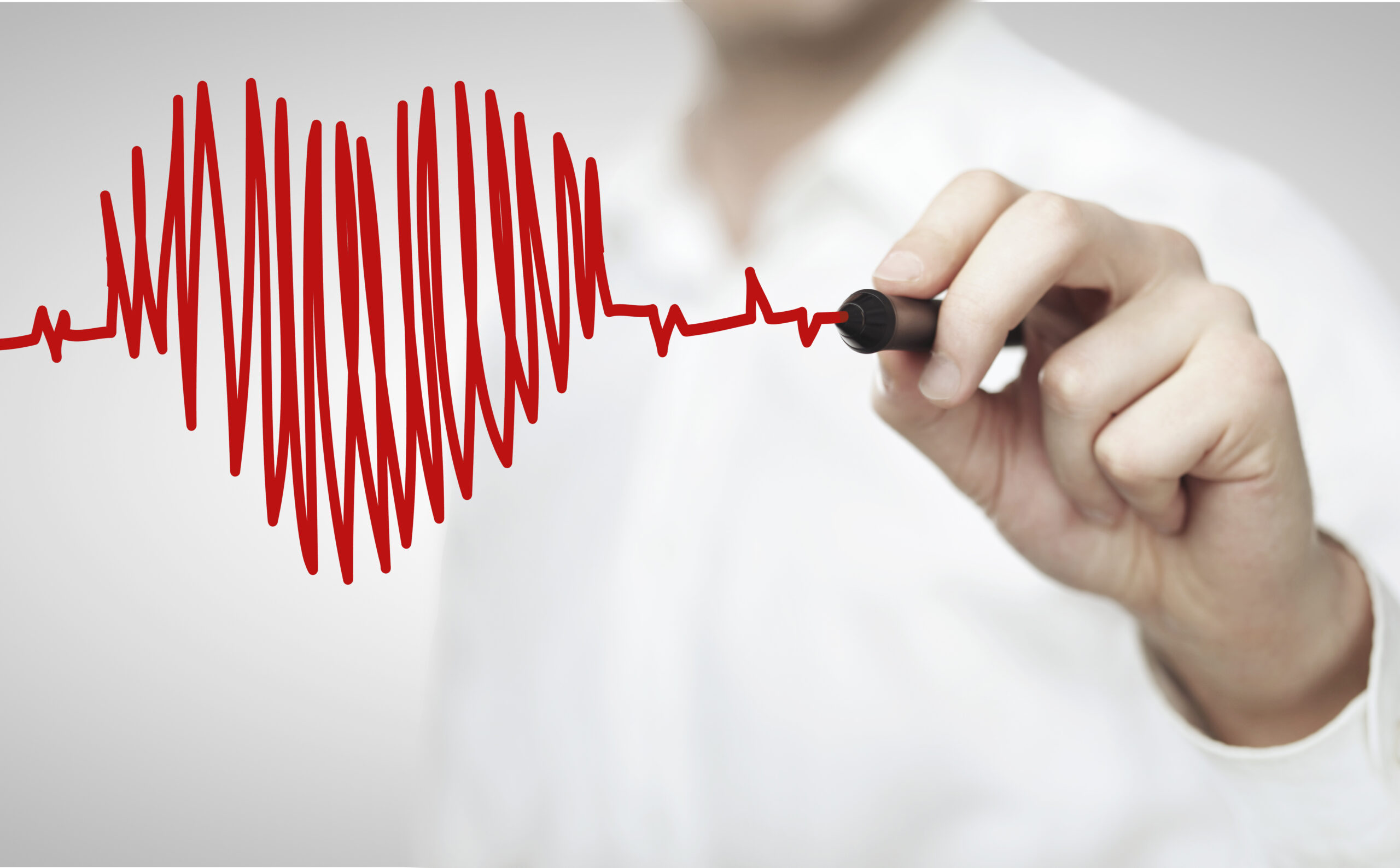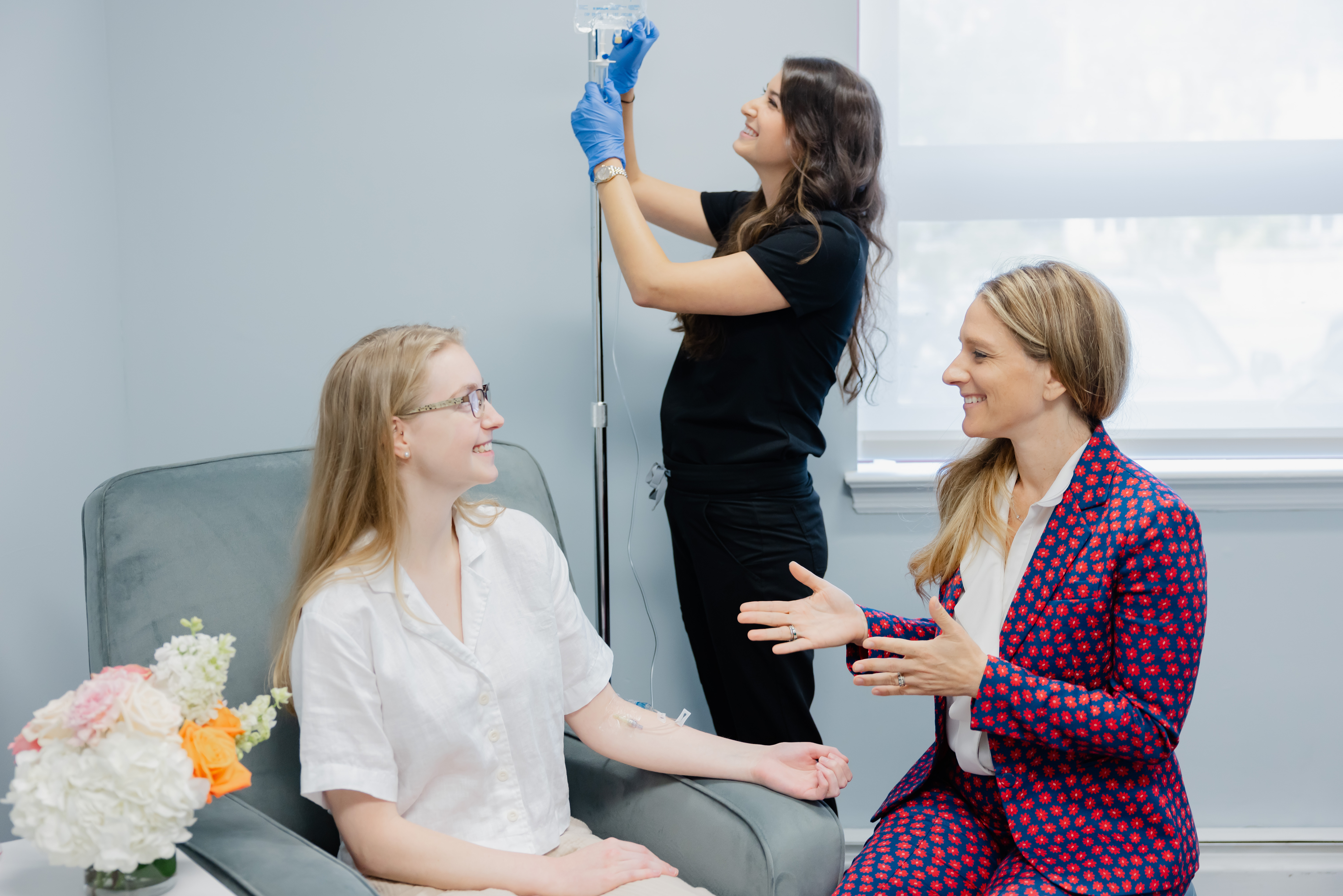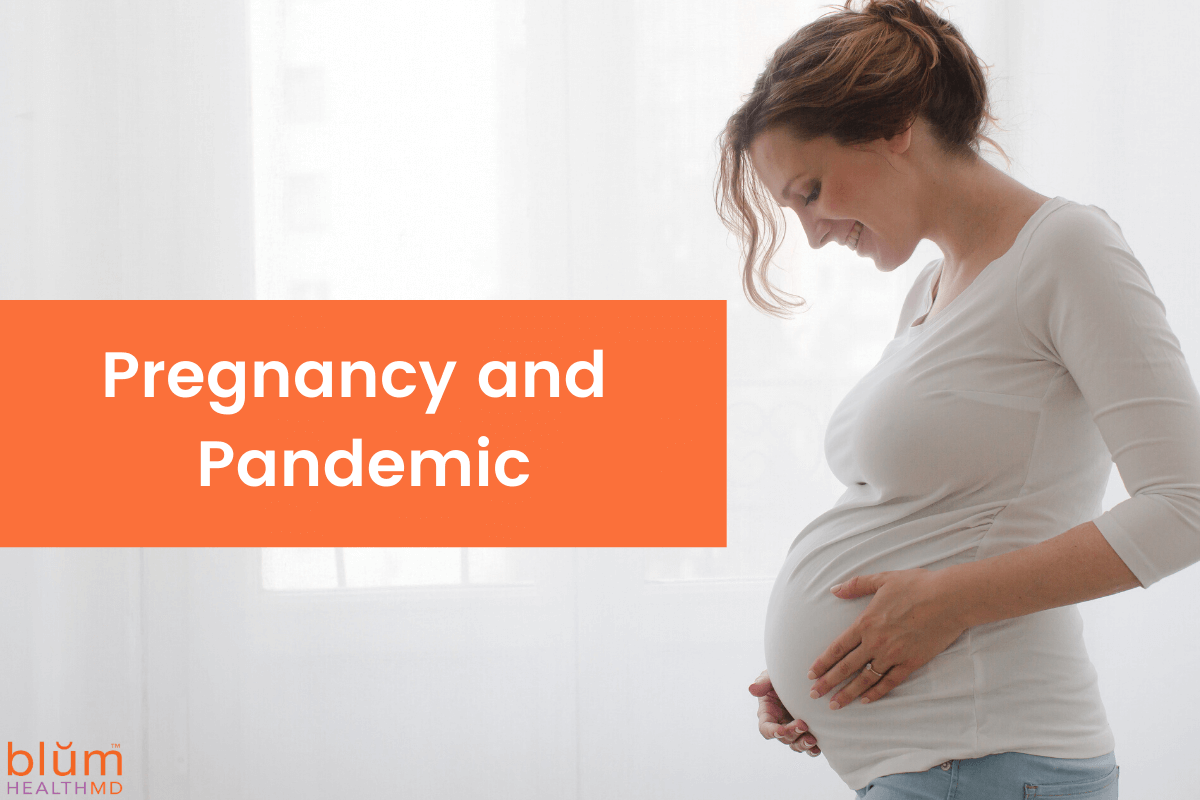
Heart health is everyone’s business. Consider these staggering statistics:
- 44% of American women currently have heart disease, which is almost an incomprehensible percentage of us.1
- 22% of deaths of women in America are due to heart disease.2
- Heart disease kills 40% more Americans each year than all cancers combined.
- The generations being born right now, are more likely to die younger than our current generation, and unfortunately CV disease is on the rise since 2017 in the US
WHAT IS HEART DISEASE?
When we talk about heart disease, we are referring to people with coronary artery disease (blocked arteries in the heart usually from cholesterol), those with heart failure (the heart stops pumping properly), and those with arrhythmias like atrial fibrillation (abnormal electrical activity). It’s a huge concern that the fastest growing population affected by heart disease is 25-44 year olds. This highlights the importance of early intervention, so that we can help reduce the length of time that the body is exposed to all the things that cause heart disease, like “bad” inflammatory cholesterol (for example a lipid particle called ApoB), and environmental toxins.
This is the classic definition of prevention: Before the disease manifests, you can make changes that prevent you from getting that disease. For example, lifestyle changes (exercise, diet, targeted supplements and lowering toxin load) have the power to lower your risk of heart disease. And the prevention power gets even stronger when you add our favorite blood tests for early detection and screening. We can see if you are heading down the wrong path, and need to make a course correction!
HOW WE WORK TOGETHER
Most doctors who think about heart health will focus on optimizing hypertension, cholesterol, and diabetes with prescription medications, risk factors that when managed well can have life-saving benefits for many people. We work closely with local cardiologists and internists, and join your team to add additional Functional Medicine support for getting to the root cause of your heart disease. We focus on Lifestyle Medicine, and also offer advanced testing, assessments and treatments for oxidative stress, inflammation and disorders in your blood sugar and stress systems.
By using advanced testing alongside one’s medical conditions, family history and lifestyle, we can get an accurate understanding of your risk for heart disease. Some of the advanced tests we offer here at Blum Center are below. Ultimately these specific blood tests help us create a personalized and comprehensive treatment plan for you.
Specific cardiovascular risk factors we like to assess include:
- LDL particle size: While traditional lipid panels will tell you your total LDL, HDL, and triglyceride cholesterol quantities, a more advanced and detailed risk assessment will give us a size profile and particle characteristics of someone’s LDL. We can see if your LDL is light and fluffy, or small and damaging to the arteries, and this gives us information about how dangerous your individual LDL cholesterol number is.
- Lp(a) quantity: this is a risky and largely inherited subclass of LDL that is particularly atherogenic (plaque inducing).
- ApoB level: the most common carrier protein for LDL, this may be an even more relevant predictor of heart disease than LDL quantity. 3
- Lanthosterol and desmosterol vs beta-sitosterol and campesterol– these numbers are markers of the level of cholesterol absorption from the GI tract vs cholesterol production from the liver, and guide both lifestyle and medication and supplement treatment plans
- LP-PLA2 activity, myeloperoxidase level, hs-CRP, and fibrinogen levels- these tell us about inflammation in the arteries and help us see if there is an increased risk for blockages forming or breaking. With this you can better understand how at risk you are for making plaque and therefore heart disease, and helps determine how aggressive we need to be. We also monitor these to determine whether a particular intervention is helping you.
- fasting insulin, adiponectin, glycated serum proteins, Hgb A1c- these types of measurements can give a good sense of your metabolic health, a very important risk factor.
- F2 isoprostane, oxidized LDL- these are measured in the serum, and are markers of oxidative stress, a precursor to inflammation, and both are markers of atherosclerosis and significant risk factors for heart disease,4,5
- Oral microbiome- Because of the strong association between high-risk oral pathogenic bacteria and heart disease, we can perform oral DNA testing to assess for pathogenic vs beneficial oral flora. If indicated, we can refer you to dentists who provide specialized periodontal treatments to encourage a healthier oral biome. 6
- Genetics- We can provide genetic testing specific for cardiovascular disease, which indicates whether you are at risk for blood clots, statin-induced myopathy, or the ApoE gene, which is a risk factor for both cardiovascular disease and Alzheimer Disease. Genes like KIF6 predict statin response and heart attack risk, while others like 4q25 predispose to atrial fibrillation. Genetics can provide much information about modulating one’s individual risk. 7
- Omega 3 index: By looking at the fatty acids in your blood, we can advise you how to rebalance your fatty acid profile towards a lower risk one. 8
- Radiology tests: A coronary artery calcium score, which is a visual test performed by CT (computed tomography), can assess whether you have calcified plaque in your coronary arteries currently. A Cleery scan is coronary computed tomography angiography that visualizes soft plaque and blockages and can avoid the need for invasive imaging. The Cleerly ischemia scoring system was shown to outperform true angiography in one study in determining risk for heart disease. It is an encouraging option, particularly for those seeking to avoid invasive testing. 9
Once we figure out what your risks are, now we get to do the fun part of using the best science has to offer to lower risk in a preventative way. Our plans at Blum Center always focus on lifestyle, and you will certainly leave with a prescription for stress, sleep, exercise, nutrition, but at the same time we are going to look for the root causes for your oxidative stress and inflammation. We address metabolic health, and look for environmental toxins and contaminant metals, which have been shown to impact coronary plaque.10 Our ability to address oxidative stress and inflammation and address root causes makes us an optimal partner to help you reduce your risk of heart disease. You can change your health trajectory! While we have many strategies, knowing your personal data and risks is often the way to start.
Schedule an appointment with Dr Jane Andrews for a complete heart health assessment. 914.652.7800 or click here.
Dr. Jane Andrews is a Functional Medicine doctor with a background in internal medicine physician doing both inpatient and outpatient clinical medicine for 12 years prior to joining Blum Center. Dr. Andrews received her MD from the Johns Hopkins School of Medicine, her MPH at Johns Hopkins School of Public Health with a concentration in biostatistics and epidemiology, and is a graduate of the NIH-funded Predoctoral Clinical Research Training Program. She completed residency at Tulane University and was faculty at Tulane, followed by Yale School of Medicine, and finally at UT Health where she was an Associate Professor.
- https://www.cdc.gov/heartdisease/women.htm
- https://www.cdc.gov/women/lcod/2017/all-races-origins/index.htm
- Sniderman AD, Thanassoulis G, Glavinovic T, Navar AM, Pencina M, Catapano A, et al. Apolipoprotein B particles and cardiovascular disease: a narrative review. JAMA Cardiol 2019;4:1287–95.
- https://www.ncbi.nlm.nih.gov/pmc/articles/PMC5686621/
- https://pubmed.ncbi.nlm.nih.gov/18625445/#:~:text=Oxidized%20LDL%20(oxLDL)%20represents%20a,formation%20of%20macrophage%20foam%20cells
- https://pubmed.ncbi.nlm.nih.gov/17645769/
- https://pubmed.ncbi.nlm.nih.gov/27277824/#:~:text=ApoE2%20and%20apoE4%20increase%20the,to%20downregulation%20of%20LDL%20receptors)
- https://pubmed.ncbi.nlm.nih.gov/25720716/
- AI Evaluation of Stenosis on Coronary CT Angiography, Comparison with Quantitative Coronary Angiography and Fractional Flow Reserve. Journal of the American College of Cardiology. Published February 2022.
- https://www.dropbox.com/scl/fi/myzk4vzmgk941zbp77rp8/lamas-et-al-2023-contaminant-metals-as-cardiovascular-risk-factors-a-scientific-statement-from-the-american-heart.pdf?rlkey=ju0veckl8b4yazha9vyz0iw42&dl=0








